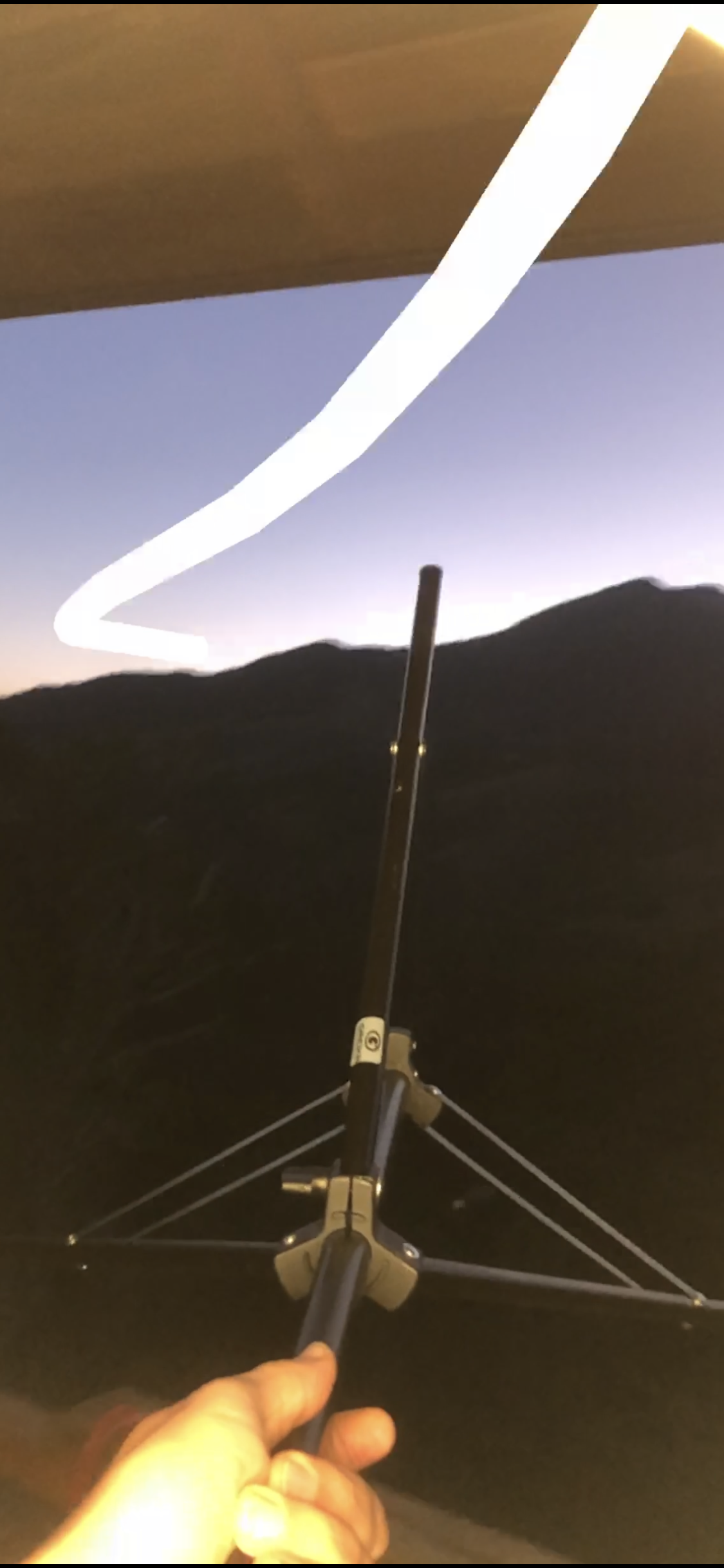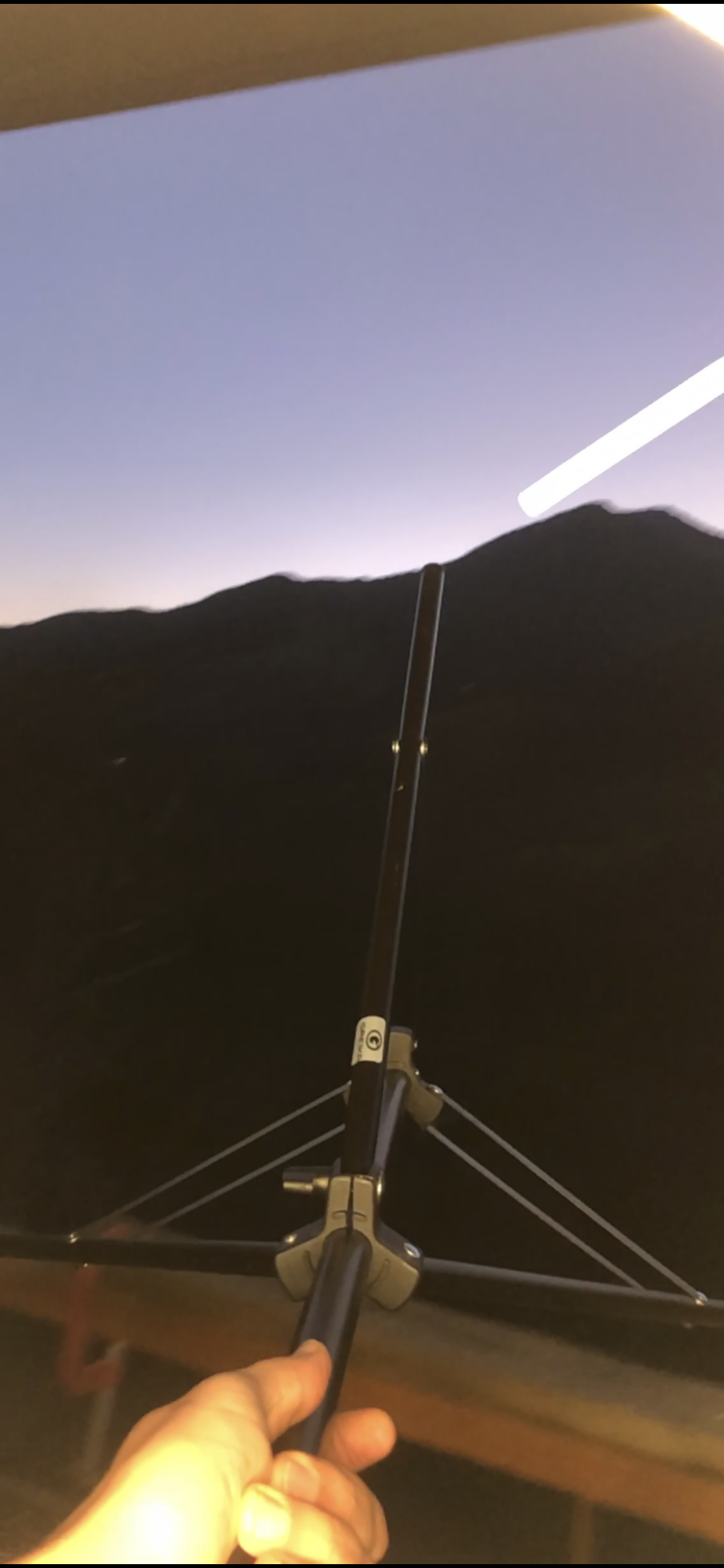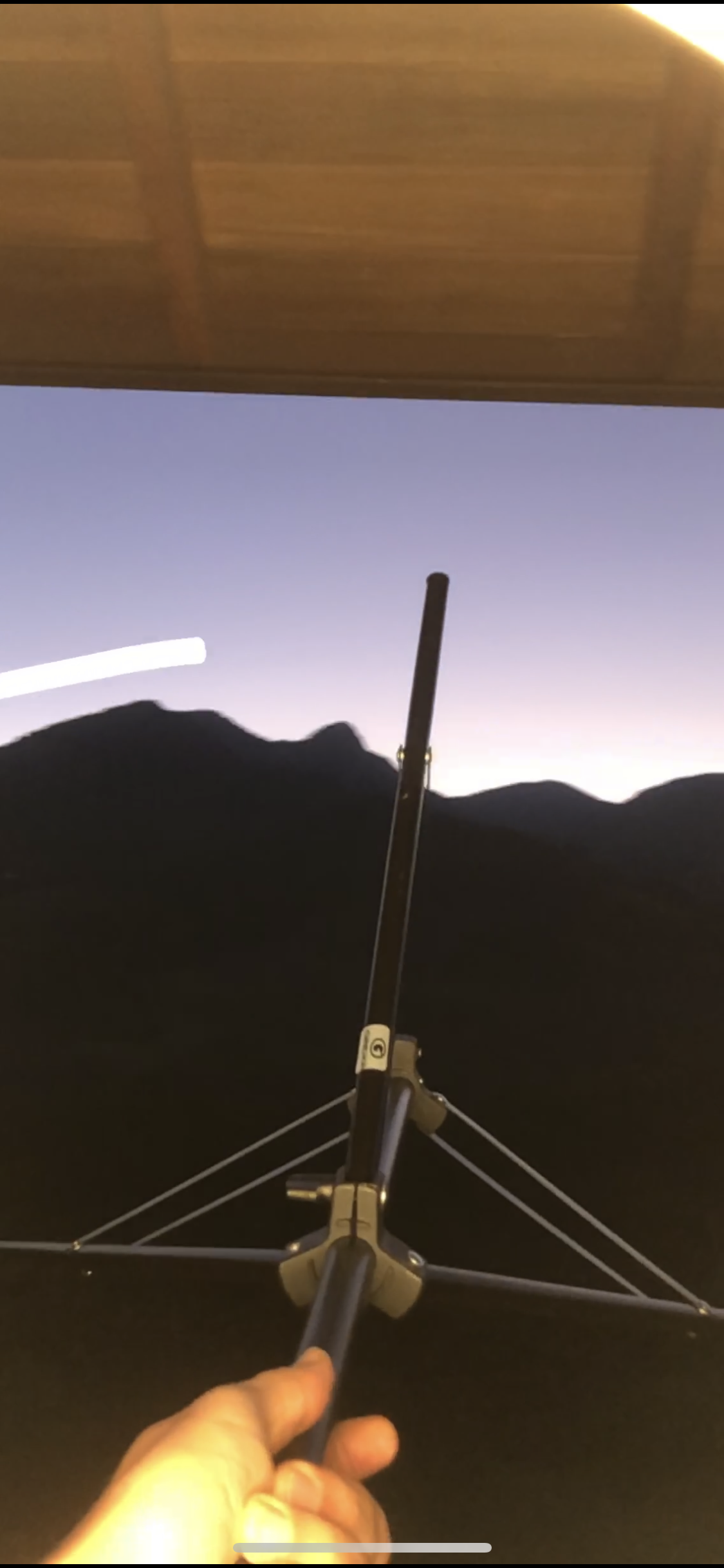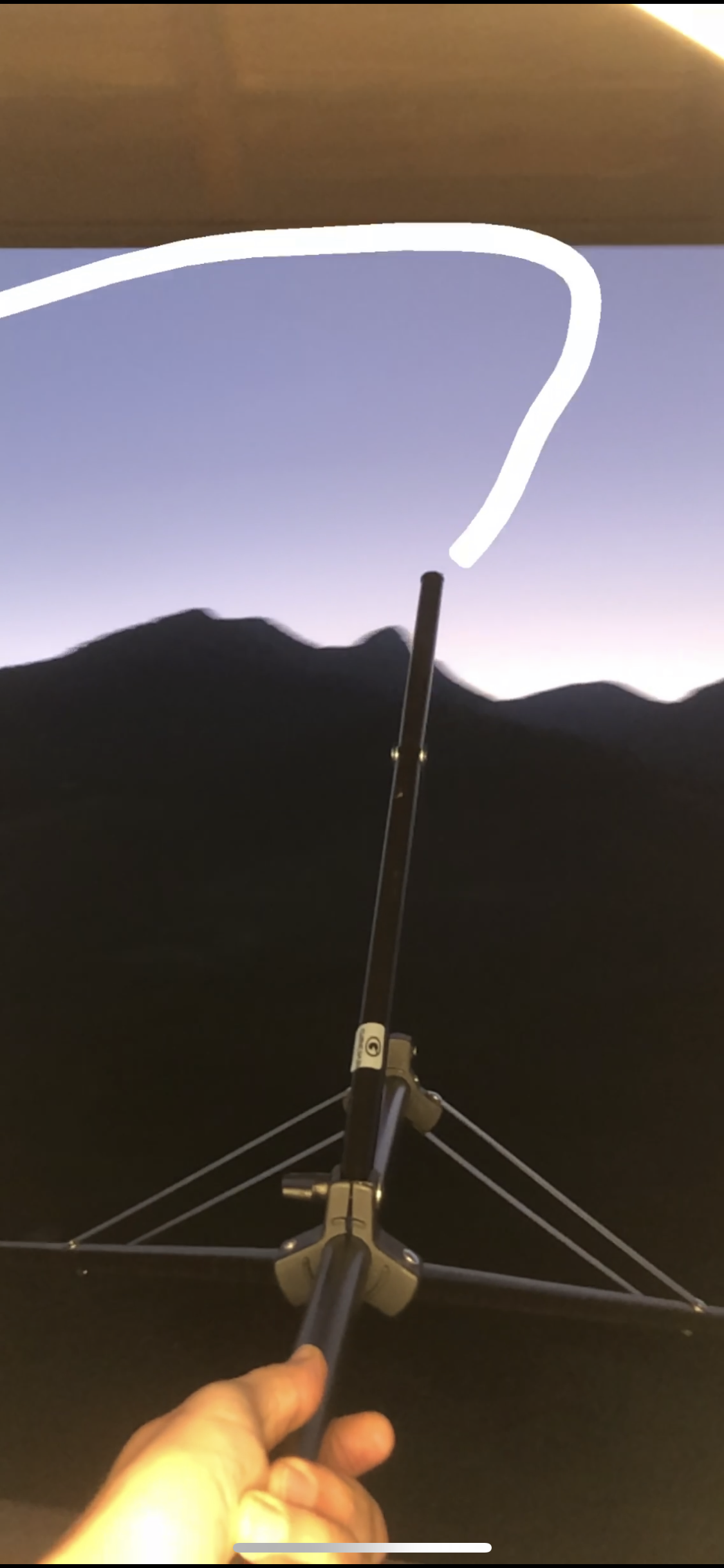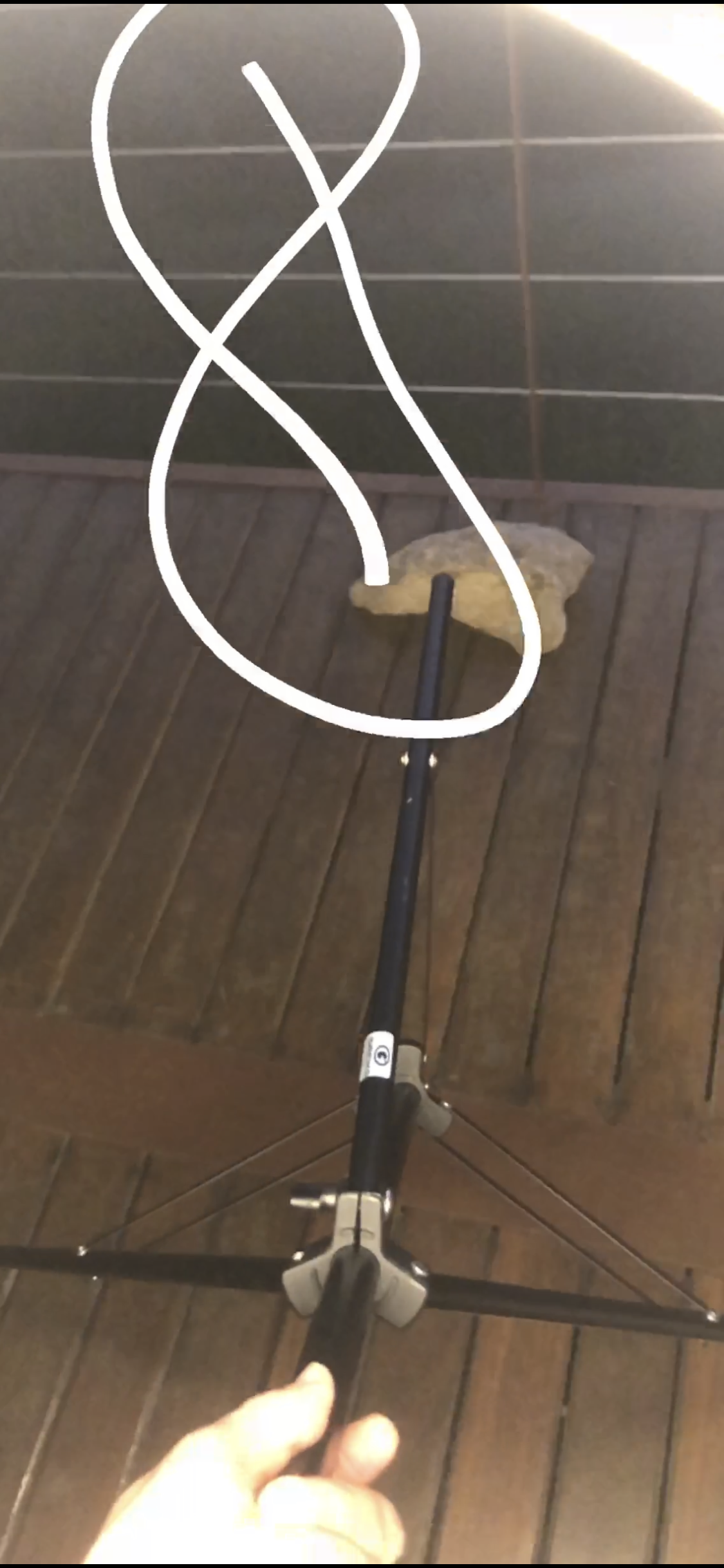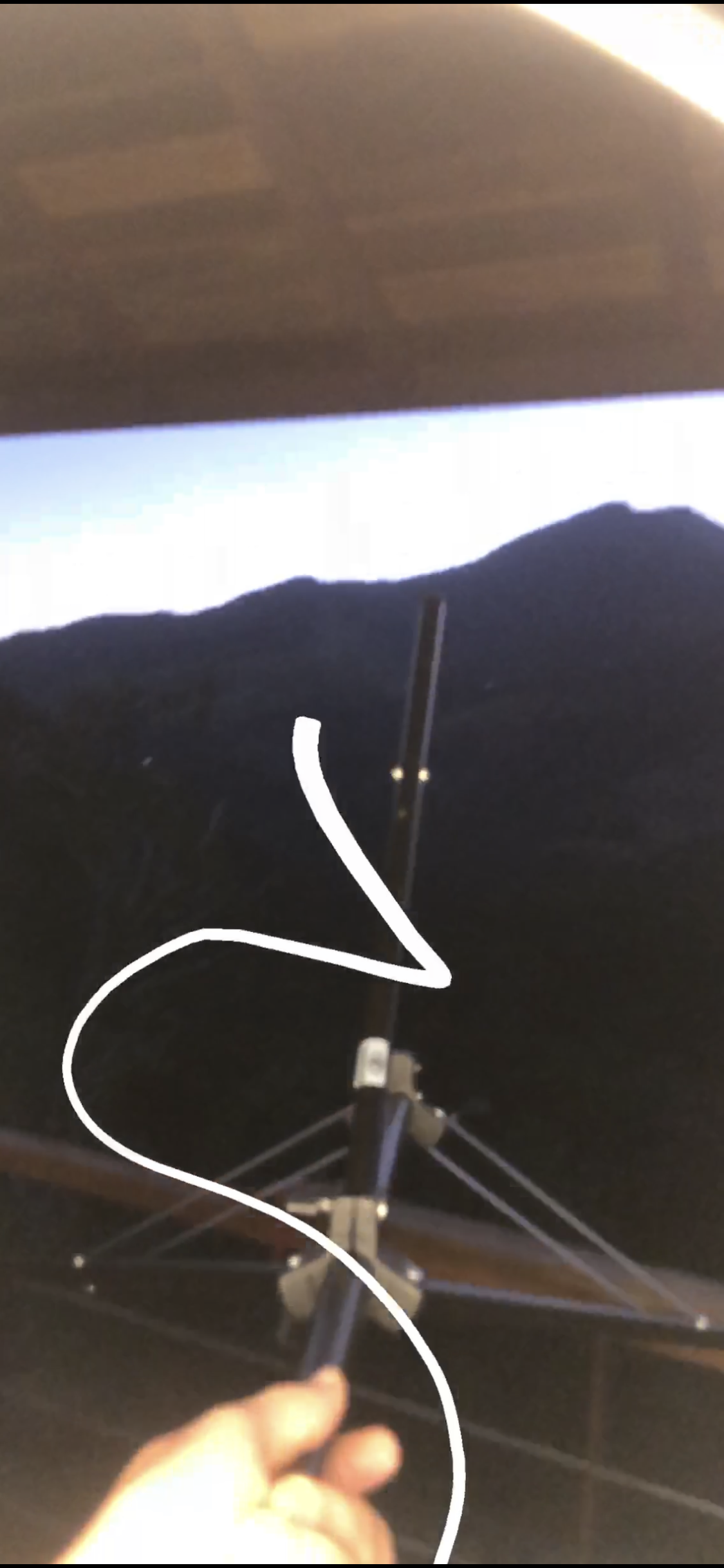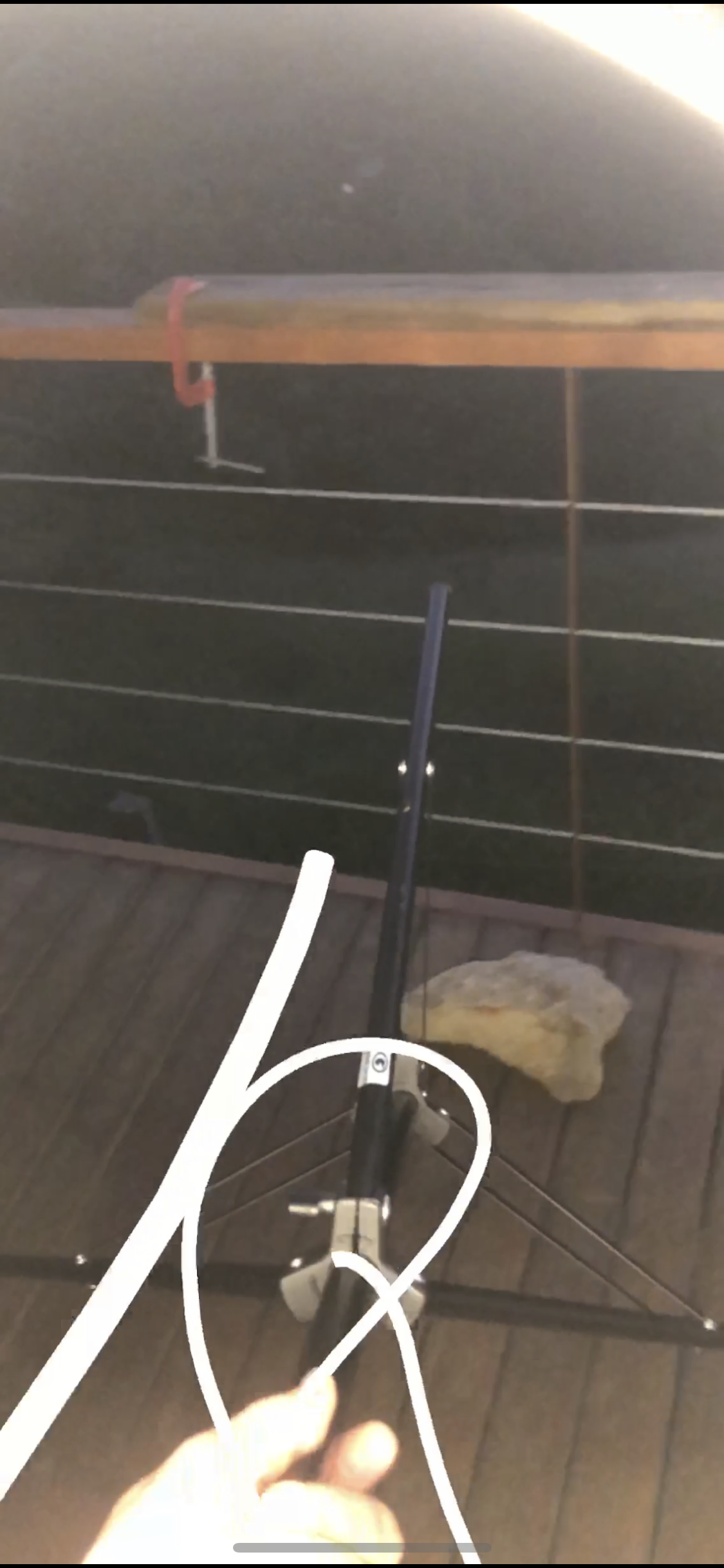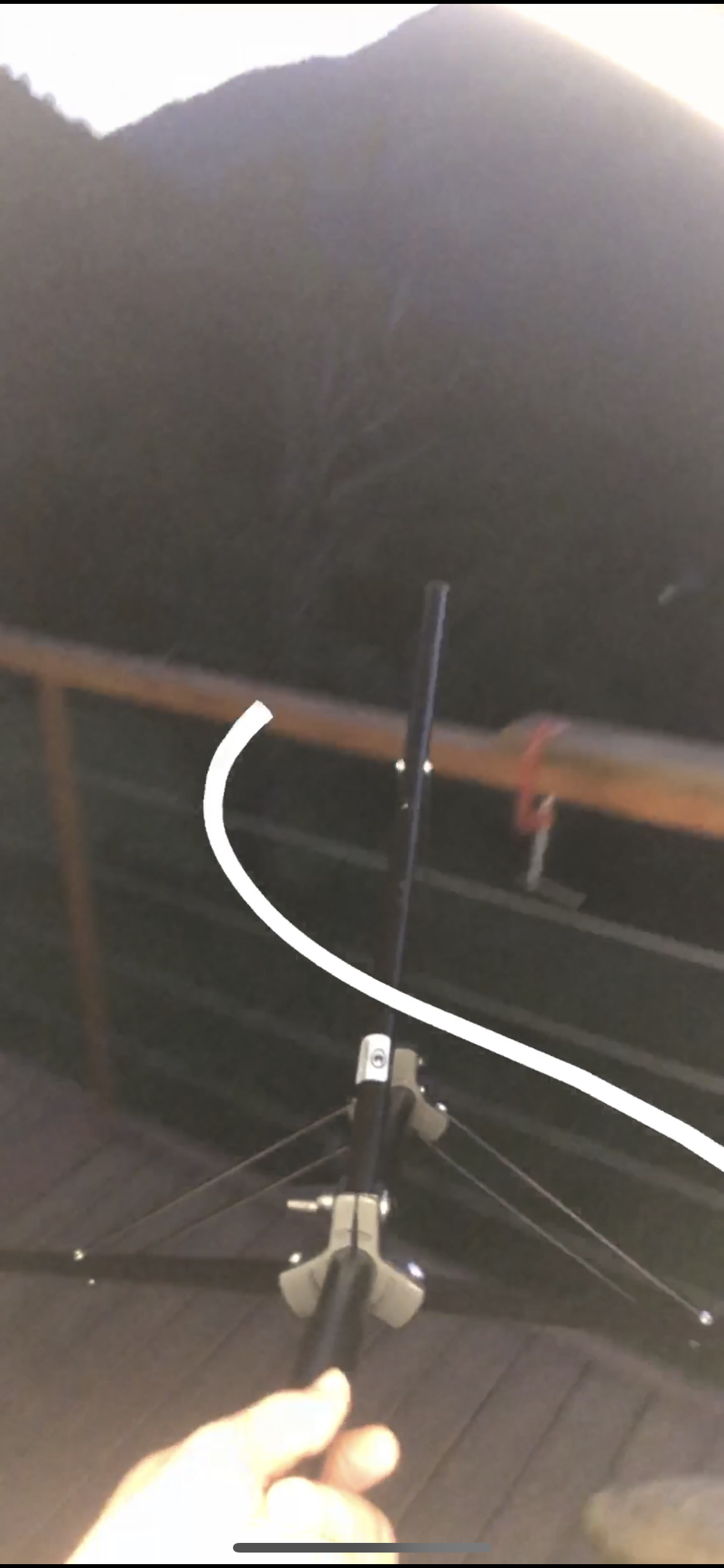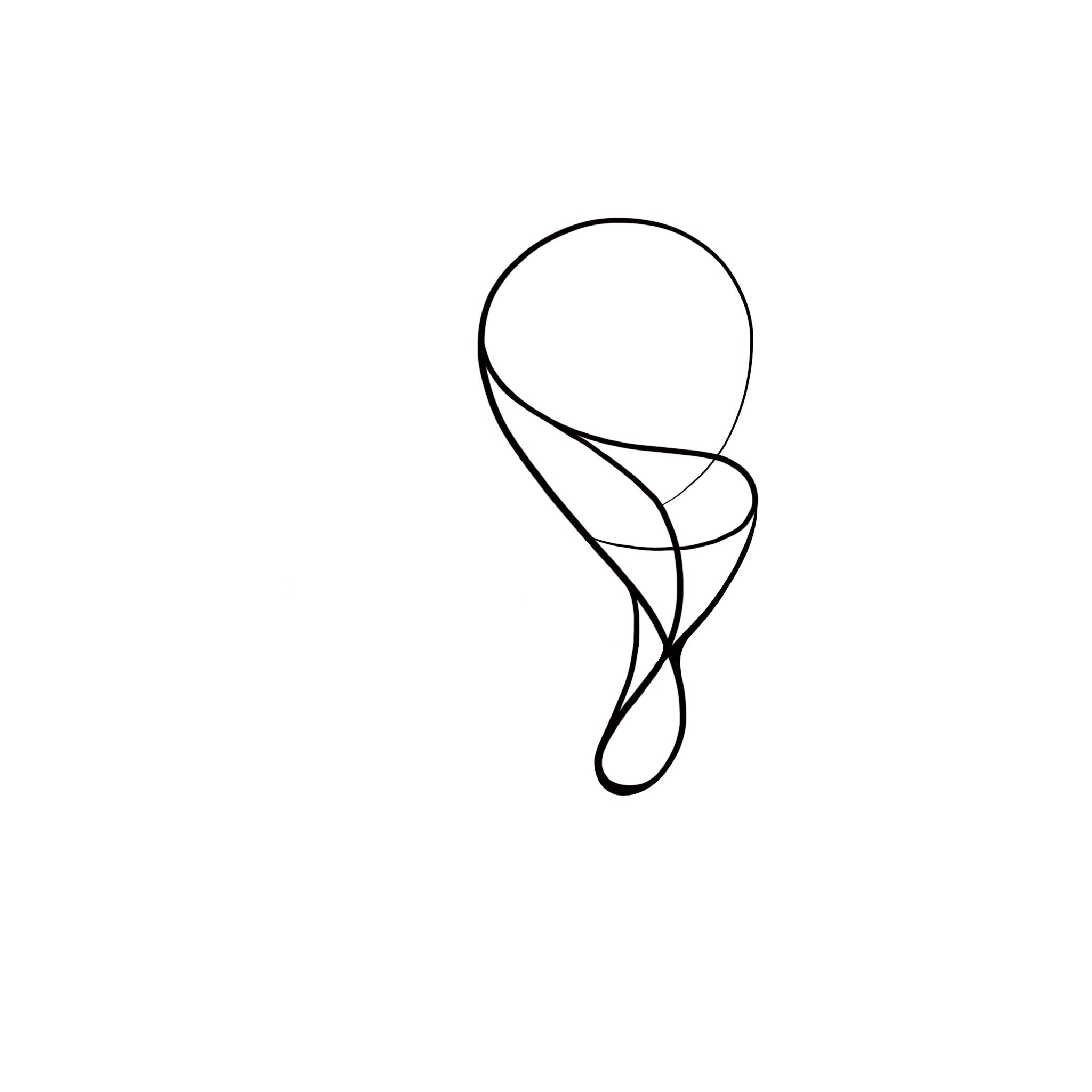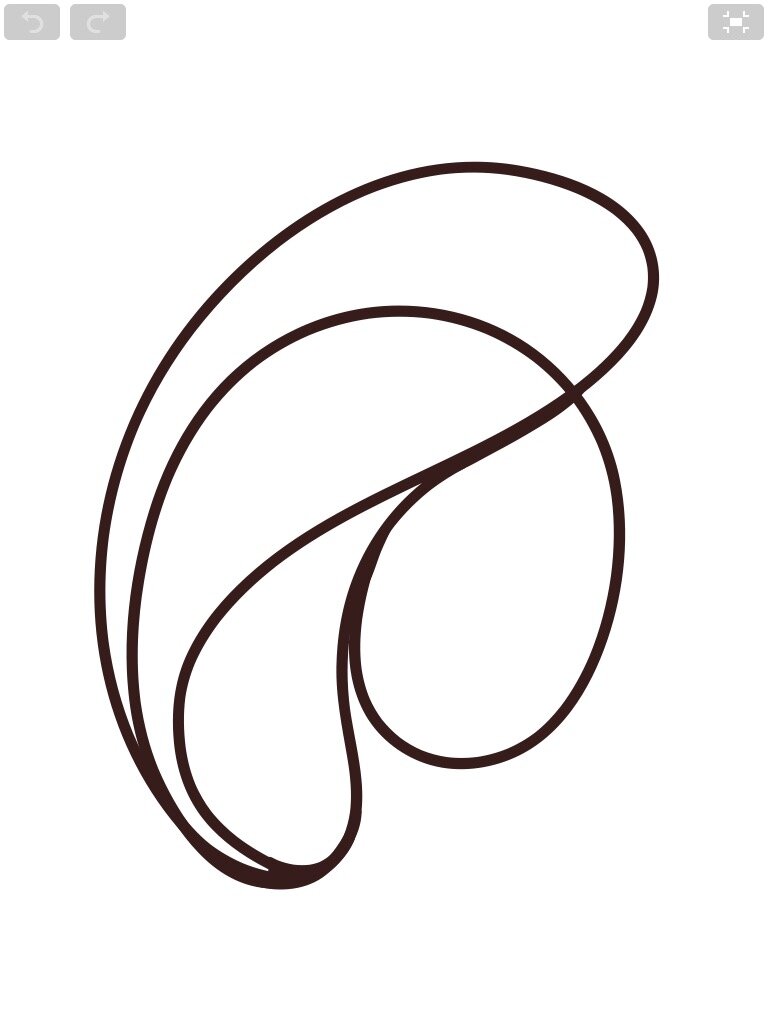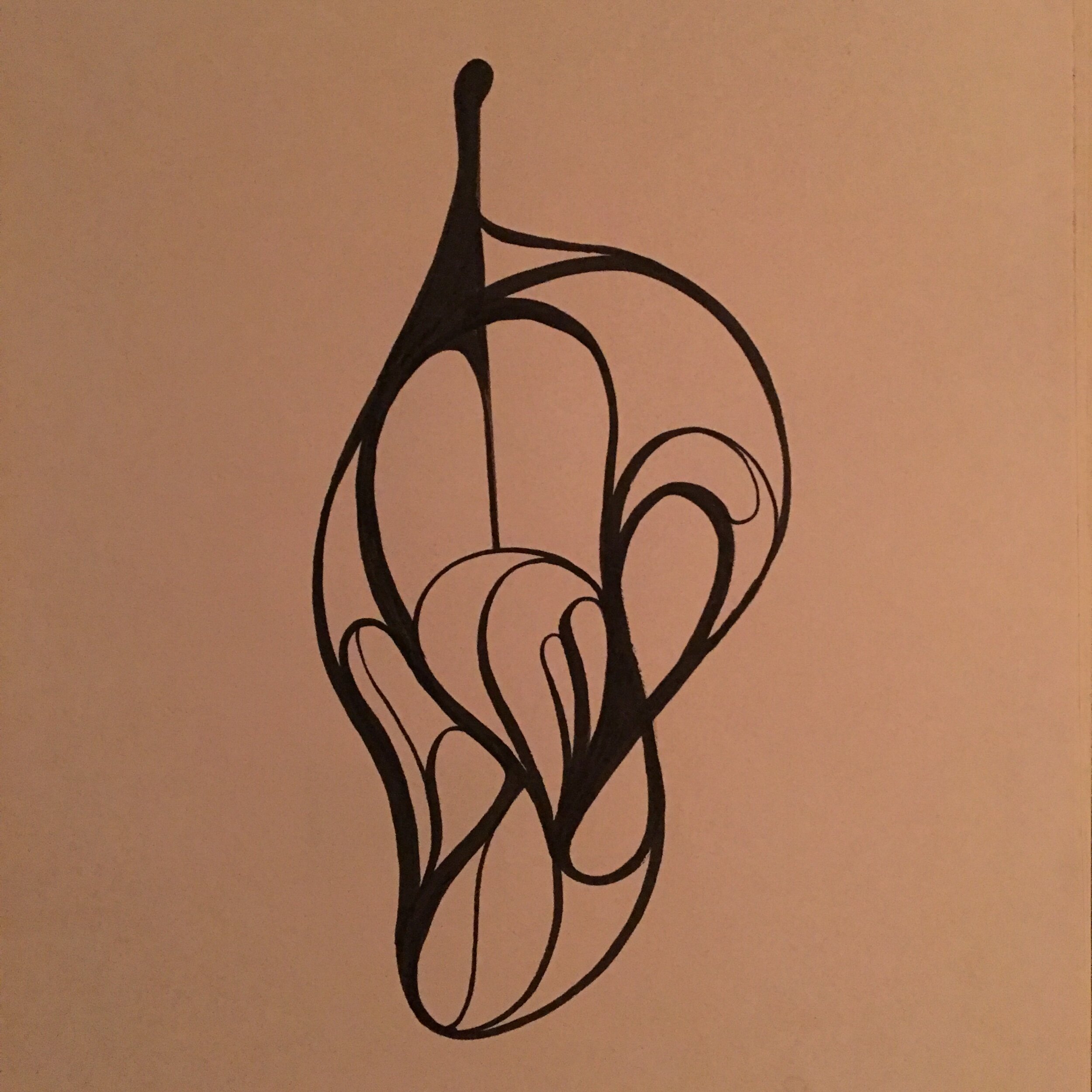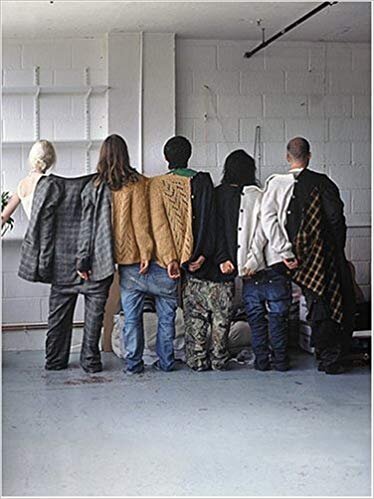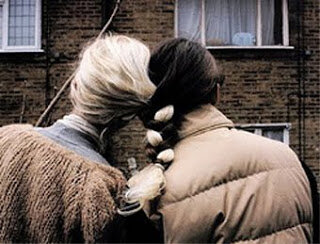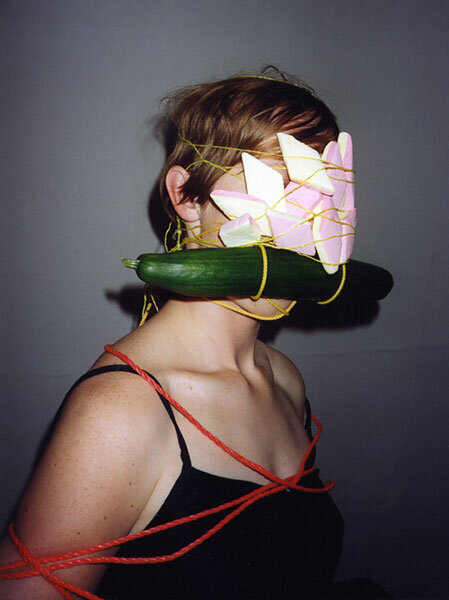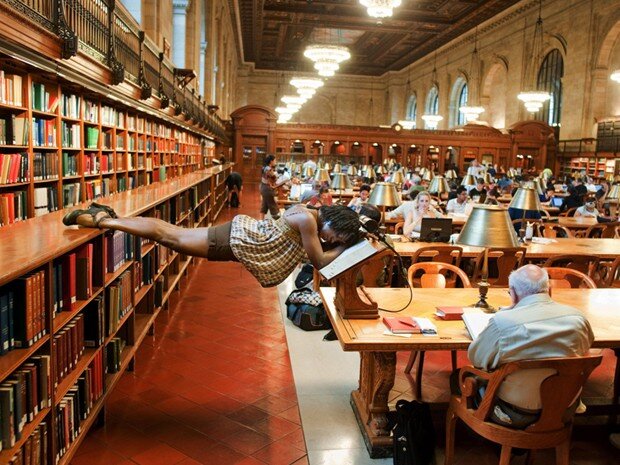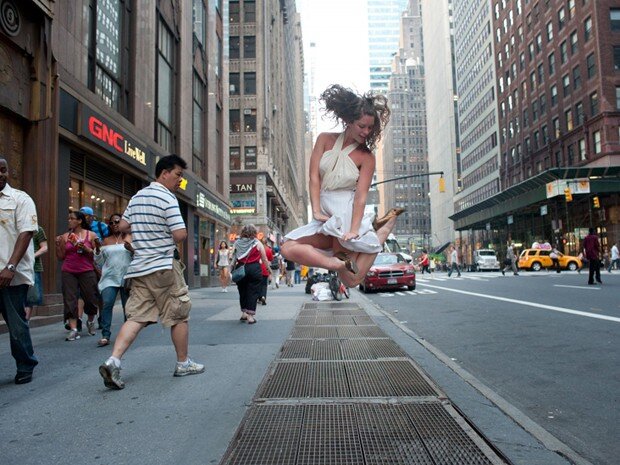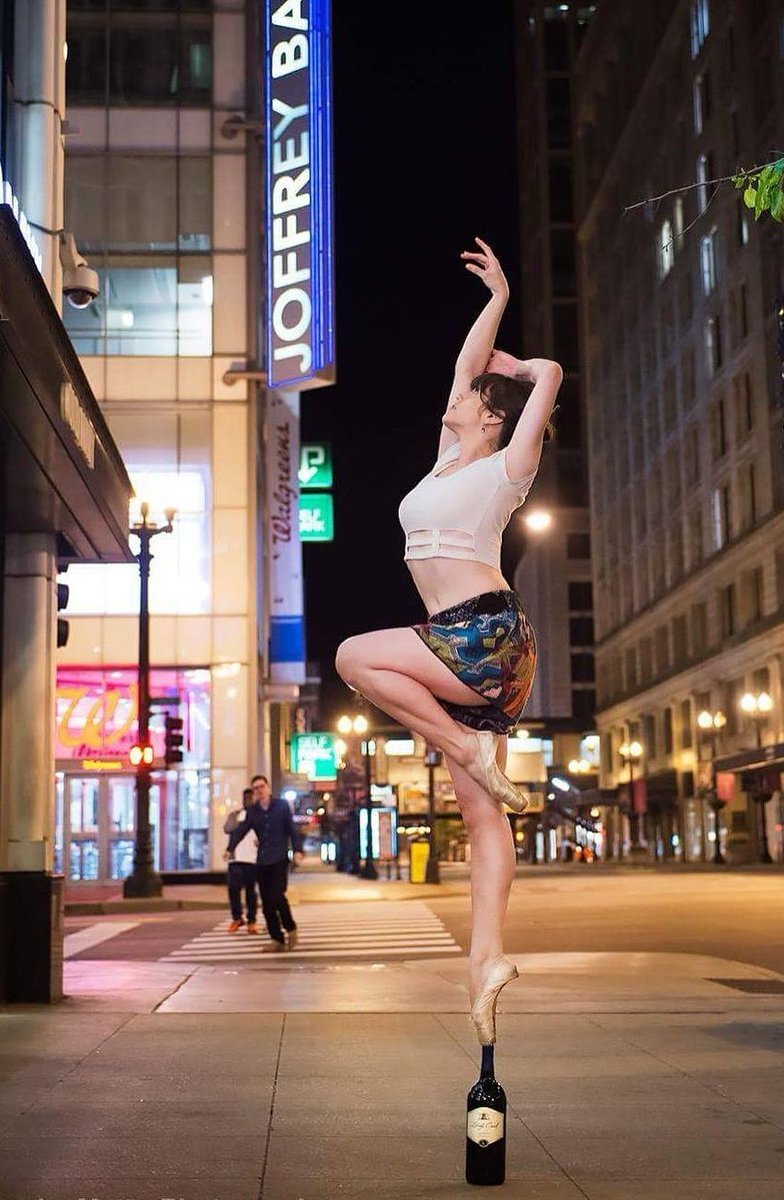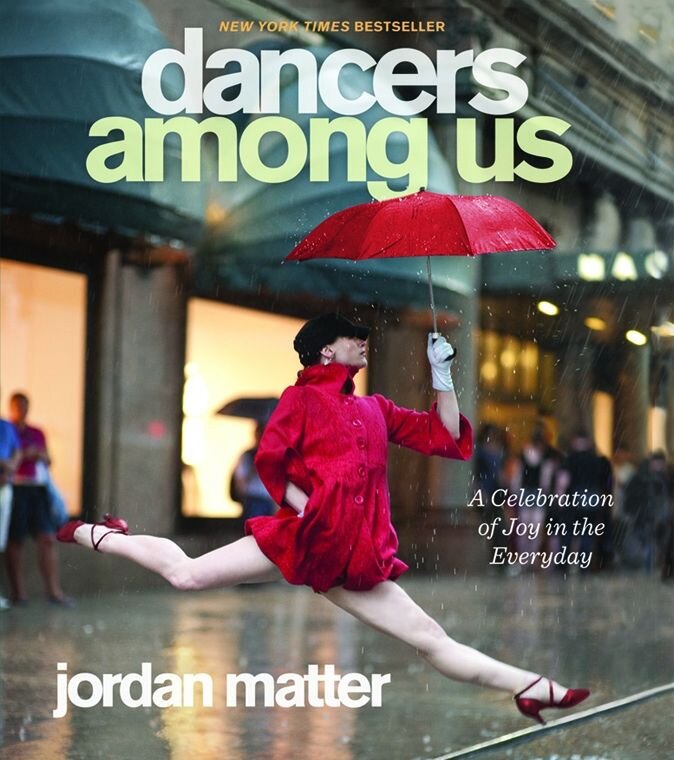The similarity in their round frames is no coincidence. Comparing Steve Jobs' death to John Lennon's passing is not unreasonable. While comparing Jobs' impact on our time to that of Gandhi may be seen as a delusion, but it still holds meaning. All three of them have significantly shaped the world we inhabit today.
Revolution is the word that unites these geniuses. Each one revolutionized the world in his own way. Gandhi brought us a political revolution, Lennon a behavioral revolution, Jobs a technological revolution. Gandhi stopped a war with flowers. Lennon showed that dreaming can be bigger than life. Jobs flooded the world with the hope of simple, humane technology. After them, the world could no longer be the same.
If Beatles is bigger than Jesus, Jobs is bigger than The Beatles.
Jobs' revolution began with the creation of the first personal computer and culminated in the realization of the age-old dream of an all-knowing book: with the vision of iPad (which iteration led to iPhone) his devices reshaped the personal device industry and other content-related industries for good.
iPhone is the most successful single product in the entire history of capitalism.
At this point, I no longer need to say anything for you to prove you that this product alone has changed humanity and the way it lives forever. In that sense, we could say that if the Beatles are greater than Jesus (as John once said) giving the works of time its whole, then we can also say that Jobs is, definitely, bigger than the Beatles. Again, we live in another time the time of The Beatles and the apples of capitalism keep unfolding it's powers a prowess.
He was a creative genius and a master of aesthetics. Someone once asked him about the design of PCs and he said, "They might be nice on the outside, but have you seen how horrible they are on the inside?" This was Jobs, concerned with the integral design of the object, with the elegance of a product both outside and inside. That's the secret of Steve's apple, the concern for the whole and the detail. The integrity of the whole experience.
If there's anything the world can learn from Jobs, Lennon and Gandhi I think it's this: dream and beauty must be alive, inside and outside. What the world needs is integral people, integral brands, integral products and integral institutions with a true soul. Simple, deep and clear like a prosaic pair of round lenses.
*this article was adapted from the original article published on October 7, 2011 in the newspaper ‘Estado de São Paulo’ on account of the death of Steve Jobs.









